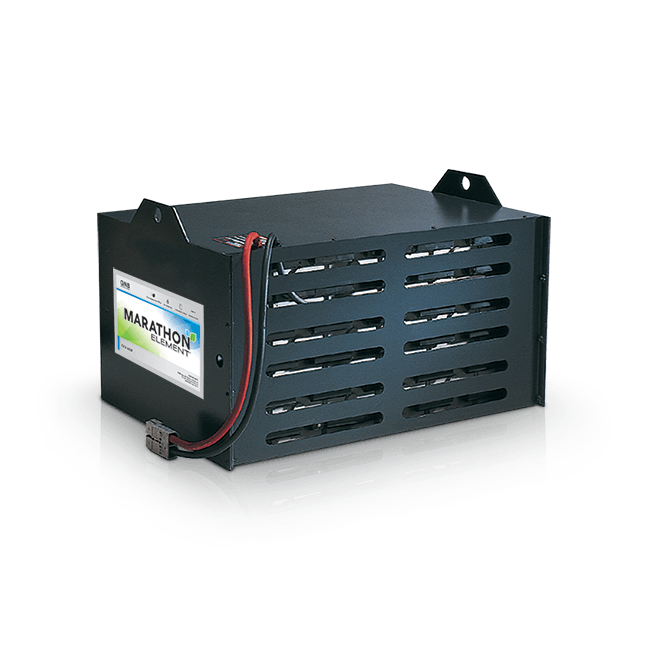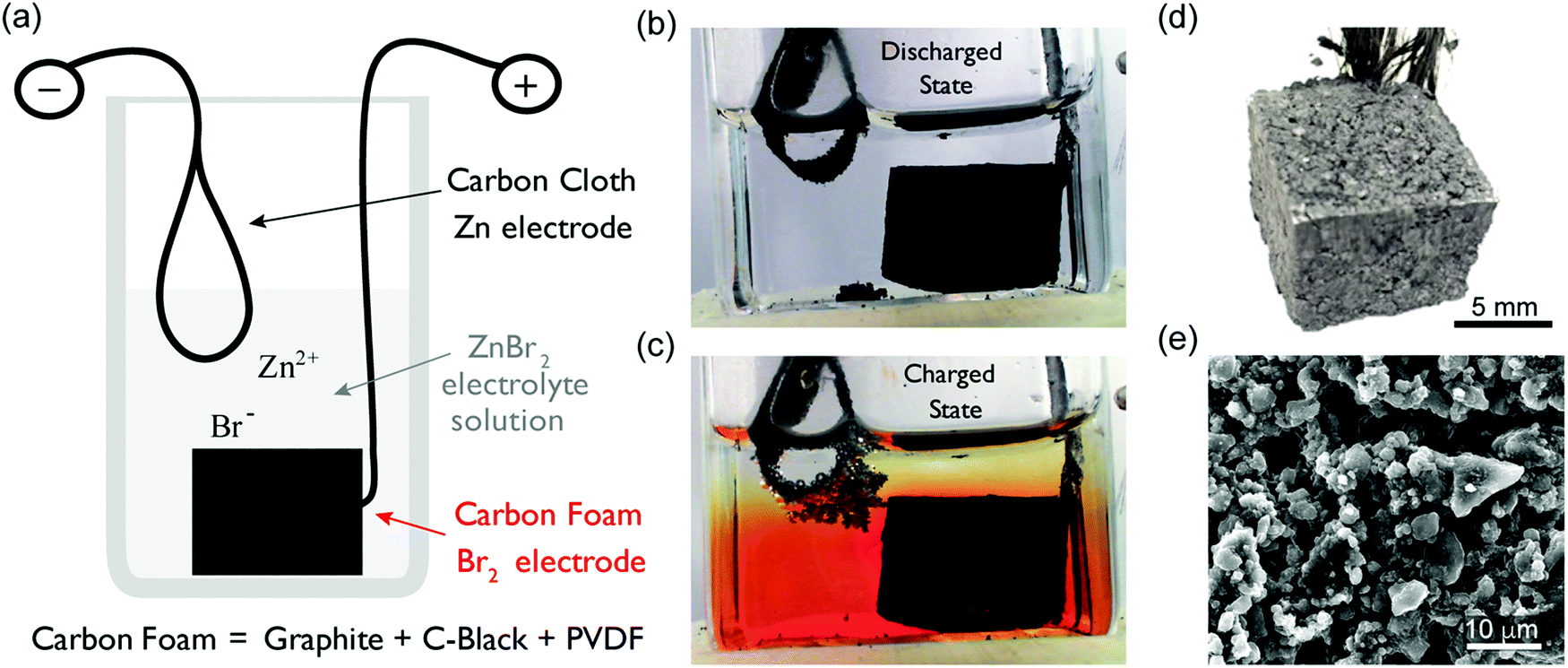
Note that positively charged copper ions move towards the positive electrode, driven by a reduction in chemical energy. ( Standard electrode reduction potential +0.340 V ) ( Standard electrode reduction potential −0.7618 V ) Īt the cathode (positive electrode), copper is reduced as per the following reaction: The two-half-cell form for classroom demonstrationsĪt the anode (negative electrode), zinc is oxidized as per the following half reaction: In the Daniell cell, copper and zinc electrodes are immersed in a solution of copper(II) sulfate and zinc sulfate, respectively. With contemporary definitions, the standard potential of the Daniell cell at 25 ☌ is actually 1.10 V. The definitions of electrical units that were proposed at the 1881 International Conference of Electricians were designed so that the electromotive force of the Daniell cell would be about 1.0 volts. The Daniell cell is also the historical basis for the contemporary definition of the volt, which is the unit of electromotive force in the International System of Units. A later variant of the Daniell cell called the gravity cell or crowfoot cell was invented in the 1860s by a Frenchman named Callaud and became a popular choice for electrical telegraphy.

The Daniell cell was a great improvement over the existing technology used in the early days of battery development. Zinc sulfate may be substituted for the sulfuric acid. He was searching for a way to eliminate the hydrogen bubble problem found in the voltaic pile, and his solution was to use a second electrolyte to consume the hydrogen produced by the first. The Daniell cell is a type of electrochemical cell invented in 1836 by John Frederic Daniell, a British chemist and meteorologist, and consists of a copper pot filled with a copper (II) sulfate solution, in which is immersed an unglazed earthenware container filled with sulfuric acid and a zinc electrode.

Type of electrochemical cell Daniell cells, 1836.


 0 kommentar(er)
0 kommentar(er)
